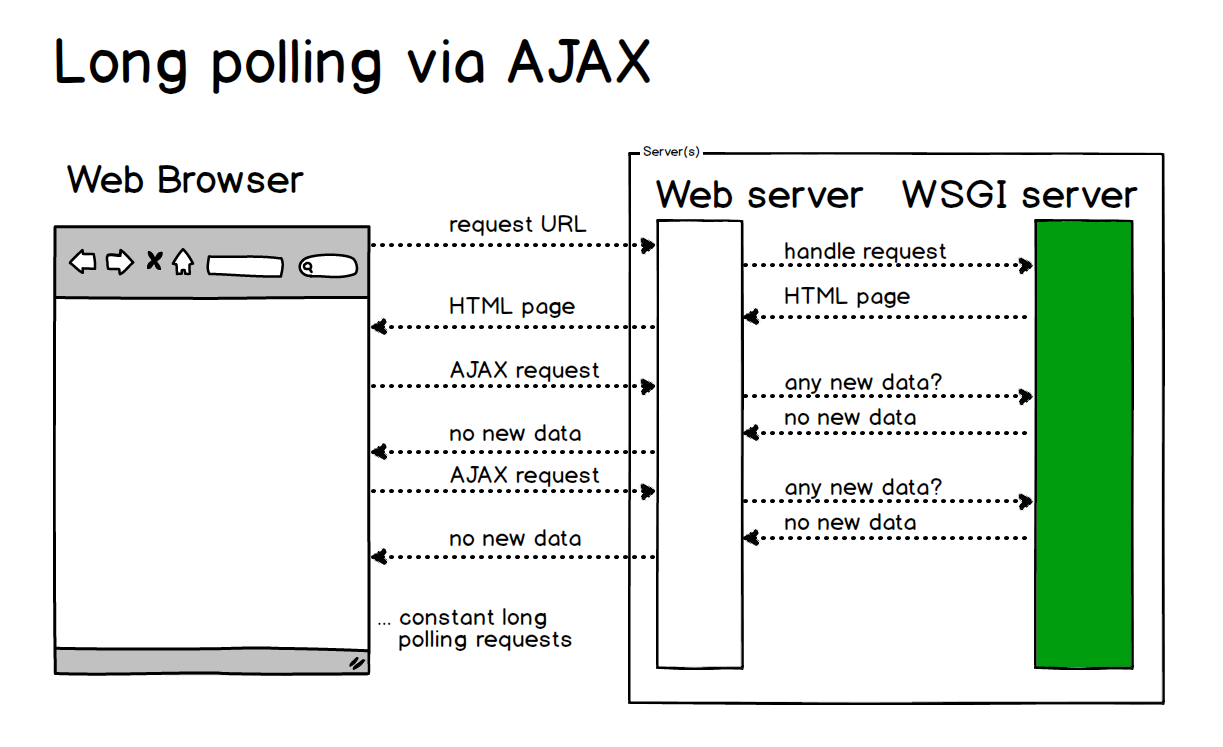

We can minimize the work to upload a large file. Web Workers are an underutilized and under-appreciated feature of HTML5. I hope this article has help you to upload large files. Self.postMessage(blob.name + " Uploaded Succesfully")

P = ( j = file.length - 1) ? true : false Var chunk = blob.webkitSlice(start, end) Var dropZone = document.getElementById('drop_zone') ĭropZone.addEventListener('dragover', handleDragOver, false) ĭropZone.addEventListener('drop', handleFileSelect, false) ĭocument.getElementById('files').addEventListener('change', handleFileSelect, false) Output.push('', escape(f.name), ' (', f.type || 'n/a', ') - ', f.size, ' bytes, last modified: ', f.lastModifiedDate ? f.lastModifiedDate.toLocaleDateString() : 'n/a', '') ĭocument.getElementById('list').innerHTML = '' + output.join('') + ''

Var worker = new Worker('fileupload.js') Ĭonsole.log('ERROR: Line ', e.lineno, ' in ', e.filename, ': ', e.message) Increasing performance While File uploads Large File upload with XHR2 uisng webworkers Start Chrome executable with a command line flag: If you load models or textures from external files, due to browsers' "same origin policy" security restrictions, loading from a file system will fail with a security exception. The following example demonstrates reading chunks of a file. This example include drag and drop support. Another technique for loading files is native drag and drop from the desktop to the browser. Here's an example that uses the 'multiple' attribute to allow selecting several files at once. JavaScript returns the list of selected File objects as a FileList. The most straightforward way to load a file is to use a standard element. you could use client-side logic to verify an upload's mimetype matches its file extension or restrict the size of an upload. I was demonstrated the upload using file input and drag and drop. The method takes a starting byte as its first argument, ending byte as its second, and an option content type string as a third. Lucky for us, the File interface supports a slice method to support this use case. The server component would then be responsible for reconstructing the file content in the correct order. One possible way to speed up the upload would be to read and send the file in separate byte range chunks. For example, say you wanted to write an async file uploader. In some cases reading the entire file into memory isn't the best option.


 0 kommentar(er)
0 kommentar(er)
